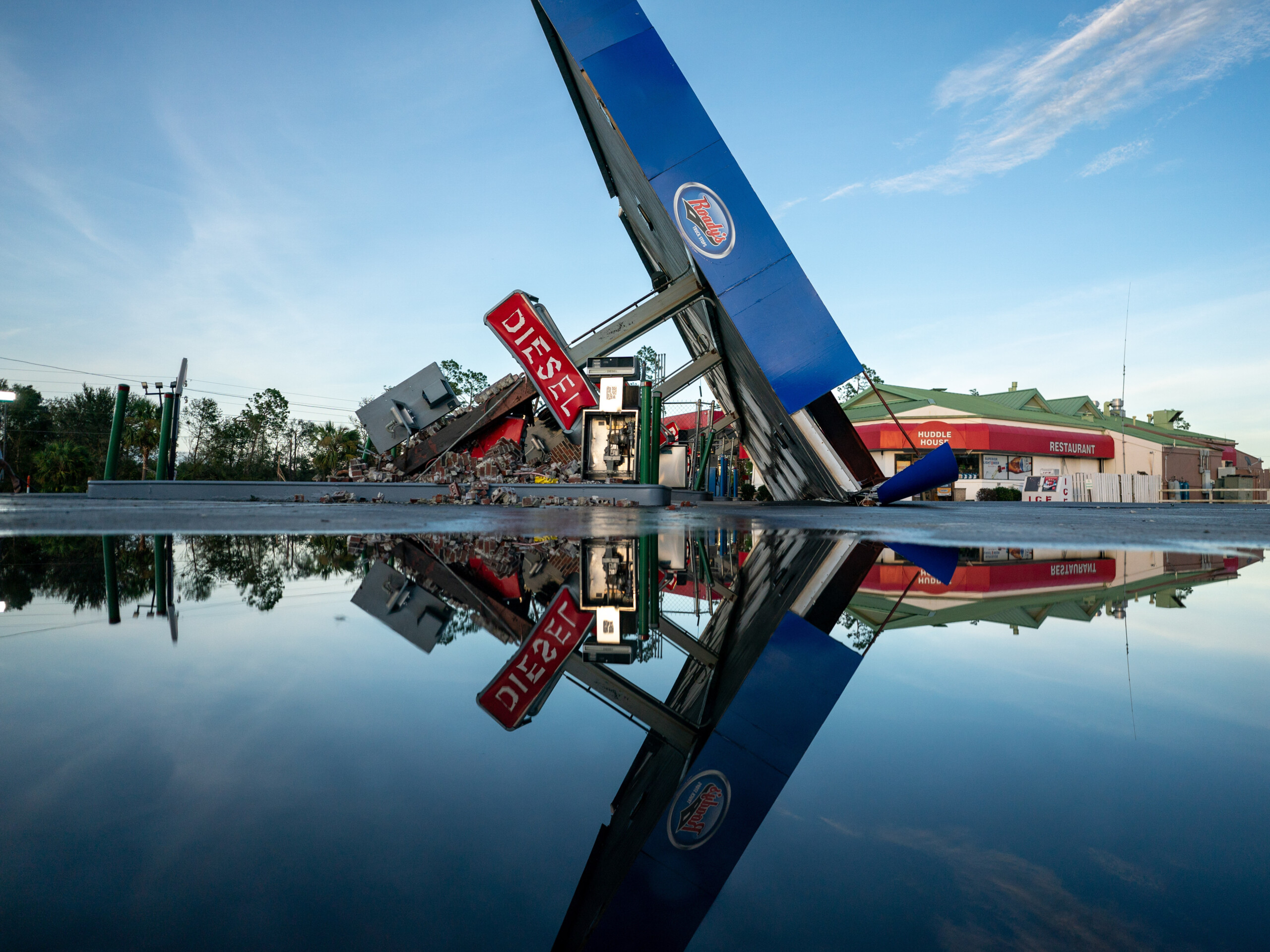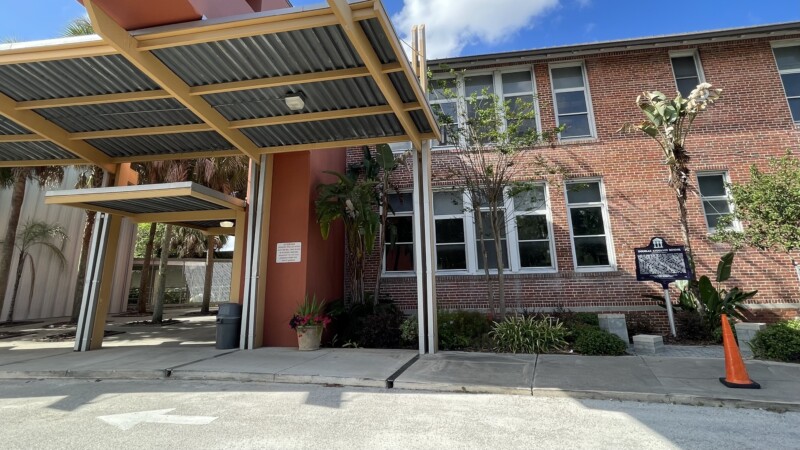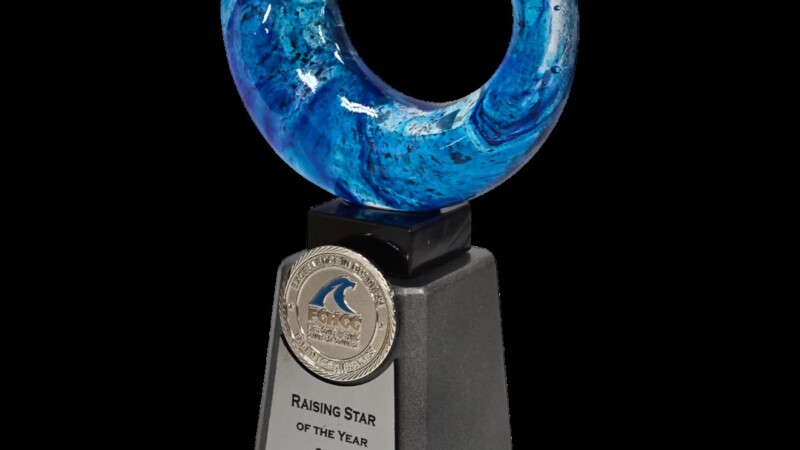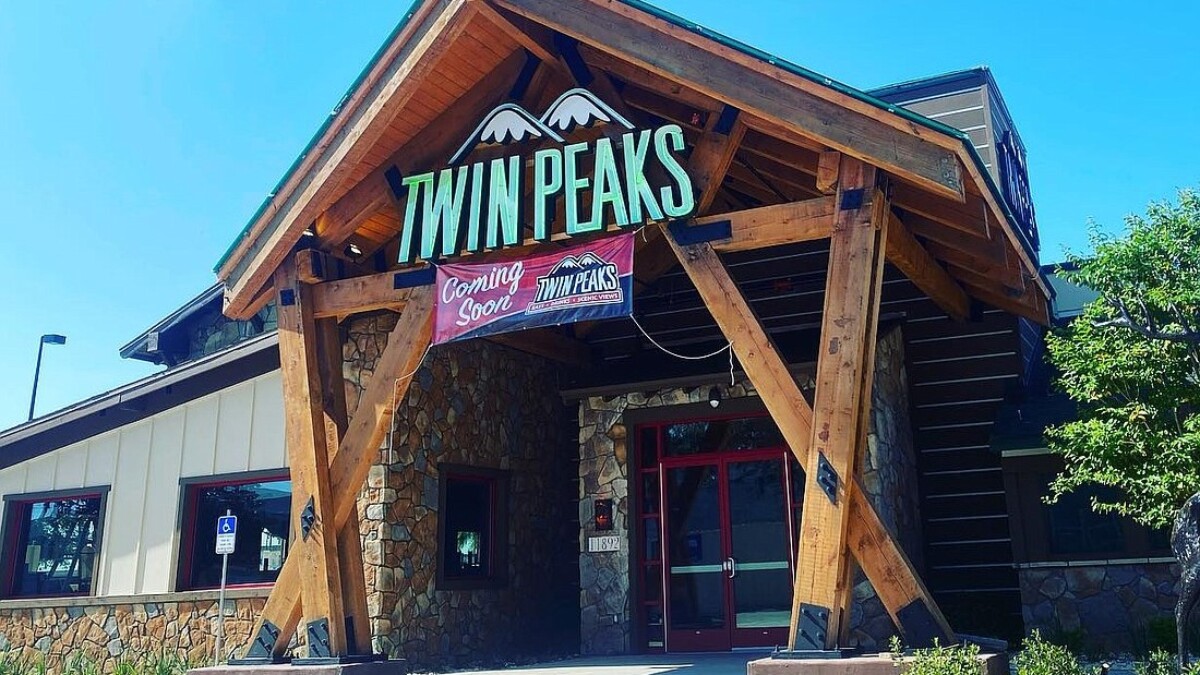Across the Southeast, hundreds of thousands are without power, roads are littered with storm debris and fears over the possibility of severe flooding remain as Idalia, now a tropical storm, continues to batter the region.
The storm made landfall on Florida’s Gulf Coast as a Category 3 hurricane Wednesday morning, submerging neighborhoods and leaving a trail of debris as it thrashed its way east across Georgia.
What’s the latest with today’s forecast?
Heavy rainfall, flash flooding and coastal storm surge is expected to continue to impact South Carolina throughout the day, according to a 5 a.m. ET advisory from the National Hurricane Center. Forecasters described the risk of storm surge as possibly “life-threatening.”
A supermoon that peaked Wednesday night is expected to exacerbate the range of coastal tides, bringing an added layer of danger. Residents of the Carolinas have also been warned of the risk for tornadoes.
The storm’s strength is expected to remain consistent throughout the day. Maximum sustained wind speeds of near 60 mph extend outward from the center of the storm for up to 185 miles, the NHC said.
By late Thursday, the storm is forecast to move offshore and into the Atlantic, leaving the Southeastern states to address the destruction in its wake.
What kind of damage has Idalia caused so far?
The storm made landfall near Keaton Beach about 7:45 a.m. as a Category 3 hurricane with 125 mph winds — tied as the strongest to hit the Big Bend region of the state.
Idalia remained a hurricane as it tore into Georgia with winds at 90 mph, then slowed to a tropical storm as it crossed into South Carolina.
Across the region, heavy rains and gusty winds left hundreds of businesses and entire neighborhoods submerged in water.
Despite mandatory evacuation orders, boat teams in Florida rescued more than 75 people in St. Petersburg and another 60 people from Hudson from several feet of storm surge. A gauge along Big Bend’s Steinhatchee River measured an increase from from 1 foot to 8 feet in just an hour, enough to reverse the flow of the river; sailboats, loosed from their moorings, were seen crashing against a traffic bridge.
In South Carolina, the National Weather Service reported “major coastal inundation,” including in downtown Charleston where water had broken through the historic sea wall, the Charleston battery.
How long will it take to fix the power outages?
More than 250,000 homes and businesses were still without power across Florida, Georgia and the Carolinas as of Thursday morning, according to the monitoring site PowerOutage.us, and broken traffic signals throughout the region are adding another layer of danger to travel conditions.
Florida Gov. Ron DeSantis said more than 420,000 customers have had their power restored since the storm hit. Unlike in past hurricanes, the bulk of these outages are in very rural counties where the power distribution comes from small electric co-ops rather than large utilities.
DeSantis said tens of thousands of linemen were at work trying to restore power in his state alone.
Unlike past disasters, there may be one or two homes along a 5- or 10-mile stretch of road — so it could take days or longer to restring lines across these large distances to connect a handful of customers. It’s unclear if power substations were heavily damaged — which would take longer to rebuild.
Kevin Guthrie, director of Florida’s Division of Emergency Management, says the vast majority of customers should have power restored in 48 hours.
What’s happening with search and rescue efforts?
Despite the damage, only a handful of deaths have been linked to the hurricane, a sizable contrast to Hurricane Ian, which claimed 149 lives when it pounded Florida last year.
At least one person was killed in Georgia, according to The Associated Press. Meanwhile, Florida Highway Patrol officials said two men were killed in separate rain-related crashes hours before Idalia struck the state.
DeSantis said Florida officials were vetting “one unconfirmed fatality” as a possible storm-related death, but he didn’t say whether it was one of the two Florida deaths reported earlier in the day.
The path of the storm may have helped spare the state some damage. Idalia avoided heavily populated areas as it made landfall in the Big Bend region, a sprawling agricultural region where Florida’s Panhandle merges with the peninsula.
It appears that most people in impacted areas did heed warnings to evacuate, Gov. DeSantis said at a press briefing on Wednesday. He said search and rescue teams had visited “about 70%” of the areas they needed to check.
As of Wednesday evening, there were no outstanding missing person reports, said Guthrie of the Florida Division of Emergency Management.
This reporting originally appeared in NPR’s digital live coverage. NPR’s Bobby Allyn, Vanessa Romo, Ayana Archie, Russell Lewis and Rachel Treisman contributed reporting.
9(MDEwNzczMDA2MDEzNTg3ODA1MTAzZjYxNg004))






